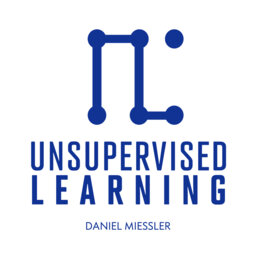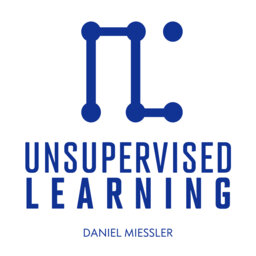A Conversation with Alastair Paterson from Harmonic Security
In this conversation, I speak with Alastair Paterson, CEO and co-founder of Harmonic Security.
We talk about:
Harmonic Security’s Unique Approach to AI Data Protection:
How Harmonic Security’s Zero-Touch Data Protection uses small language models to identify and prevent sensitive data leaks, differentiating it from traditional DLP solutions.
Challenges of AI Adoption & Enterprise Security Risks:
How enterprises are struggling to adopt Generative AI safely, as employees unknowingly expose sensitive data. The risks of shadow AI usage, and why visibility into AI applications is essential for organizations.
Harmonic’s Browser-Based Solution for Secure AI Adoption:
How Harmonic Security’s browser-based extension provides real-time monitoring and intervention, allowing enterprises to track AI adoption, prevent data leaks, and enforce security policies without disrupting productivity.
➡️ Get a DEMO and Take Advantage of Harmonic's GenAI Securely
➡️ Check out Harmonic's Data leakage report "From Payrolls to Patents"
ul.live/harmonic-data-leaked
00 Intro
00:12 Guest Introduction - Alistair and Harmonic Security
01:16 Background on Digital Shadows and Transition to Harmonic Security
02:50 The Impact of ChatGPT and Generative AI on Security
04:35 The Problem with AI Data Leakage and Enterprise Risks
06:20 The Evolution of Data Protection: From DLP to AI Readiness
08:45 The Challenge of Shadow AI in Enterprises
10:30 Understanding Harmonic Security's Zero-Touch Data Protection
12:15 How Harmonic Security Works - Browser Extension Overview
14:40 Detecting Sensitive Data in AI Prompts
16:50 Live Demo - Preventing Data Leaks in AI Chatbots
19:35 Visibility and Monitoring of AI Usage Across the Enterprise
22:10 Risk Classification and Training Data Considerations
24:05 Policy Enforcement and Customization Options
26:30 Future Developments - Expanding Coverage Beyond AI Apps
28:15 Final Thoughts and Where to Learn More
 Unsupervised Learning
Unsupervised Learning


